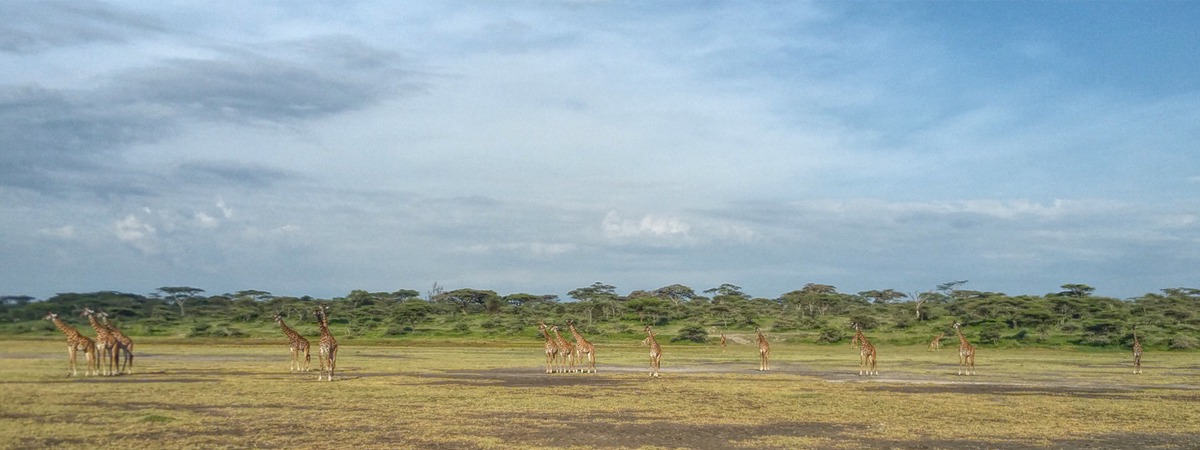Tarangire – Baobabs and Birds
Tarangire is often overlooked by visitors to Tanzania more intent on the better known Serengeti or Ngorongoro Crater, but it is a park that has a surprising amount to offer.
Declared a National park in 1971, Tarangire covers an area of 2,850 km sq.
One of the park’s main features is the Tarangire river which meanders through the landscape providing sustenance for wildlife and local communities alike. The river system is the only reliable source of water for the wildlife of the Maasai steppe during dry season.
Dry season usually occurs between July and November and the large mammals that dispersed throughout the landscape make their way back to the river as natural water holes outside the park dry up. This is the easiest time of year for wildlife viewing as many animals visit the river and swamps for water at least once a day.
Extensive swamps within the park are important water catchments; forming an important dry season refuge particularly for elephants and buffalos. The swamps are found in the eastern and southern parts of the park.
A paradise for birdwatchers
The park’s acacia savannah habitat is also among one of the richest in the world for breeding birds. Tarangire is said the have 550 species and the swamps (particularly Silale swamp) and water pools in the park offer spectacular opportunities for bird viewing.
During the dry season (July, August, September and October) the concentration of wildlife in the park is second only to the Serengeti/ Ngorongoro ecosystem.
Baobabs
Another prominent feature of the Tarangire landscape is the large number of baobab trees.
These trees play a vital role in the lives of the parks elephants, with their bark providing an essential food supplement, especially during dry season. Most baobabs bear scars where elephants have used their tusks to gouge and tear off chunks of bark.
Many bird species also use the baobab fruit for food and the trees for secure nest sites.
Short rains in November and December turn the vegetation green again and the wildlife disperses again. With the onset of the main rains in late March the animals roam far and wide, enjoying an abundant food supply just about everywhere.
There are currently no rhinos in Tarangire. They were poached to extinction during the 1980s.

